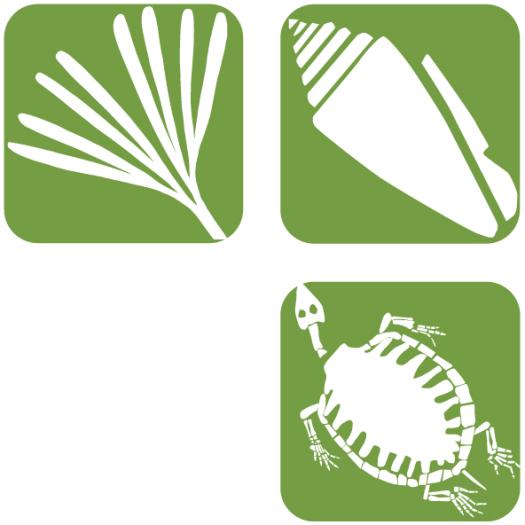The eocene sharks and rays (Chondrichthyes) from the Bolca Konservat-Lagerstätte, Italy


Le prochain séminaire du CR2P aura lieu vendredi 23/02 à 10h à l’amphithéatre d’Anatomie comparée et de Paléontologie.
The exquisitely preserved fossils from the early Eocene (Ypresian, ca. 50 million years) paleontological site of Bolca, northeastern Italy, are known since the XVI century. Because of the abundance of its fossils, their extraordinary preservation and the role that they have had in the history of the paleontology, the Eocene deposit of Bolca is one of the most important and popular paleontological sites of the world. The fossil fishes are certainly the most celebrated and well-studied component of the Bolca biota. An extraordinary number of fossils have been collected from the laminated limestone in the last four centuries, which are housed in several museums and institution of the world. Because of their preservation and abundance, the fishes of Bolca represent a relevant potential source of information concerning the evolution of the Paleogene marine shallow-water communities. Despite the outstanding diversity (ca. 230 species) and the numerous studies focusing on the actinopterygian fauna, the current knowledge about the systematics, taxonomy and phylogenetic relationships of the Eocene cartilaginous fishes of Bolca remains elusive and largely inadequate. The cartilaginous fish assemblage of Bolca comprises at least 17 species-level taxa belonging to 10 families in 6 orders, including selachians (Carcharhiniformes, Lamniformes), batoids (Torpediniformes, Myliobatiformes, Rajiformes) and holocephalans (Chimaeriformes). In addition to isolated teeth, fossils include complete and fully articulated skeletal remains, in which delicate mineralised cartilaginous structures and soft tissues are easily preserved and recognizable. Recent revisionary studies on taxonomy and systematics of sharks and rays from the Bolca Lagerstätte contributed to the knowledge of the outstanding paleobiodiversity of this deposit, providing new information about the biotic turnovers that involved the high trophic levels of the marine settings after the end-Cretaceous extinction, as well as new insights into the early Palaeogene rise of new feeding strategies in fishes associated with reefs. The Museum National d’Histoire Naturelle of Paris hosts a fairly wide collection of fishes from this Eocene deposit, including the historical holotypes of several shark and ray taxa that will be object of new detailed taxonomic and systematic studies.



